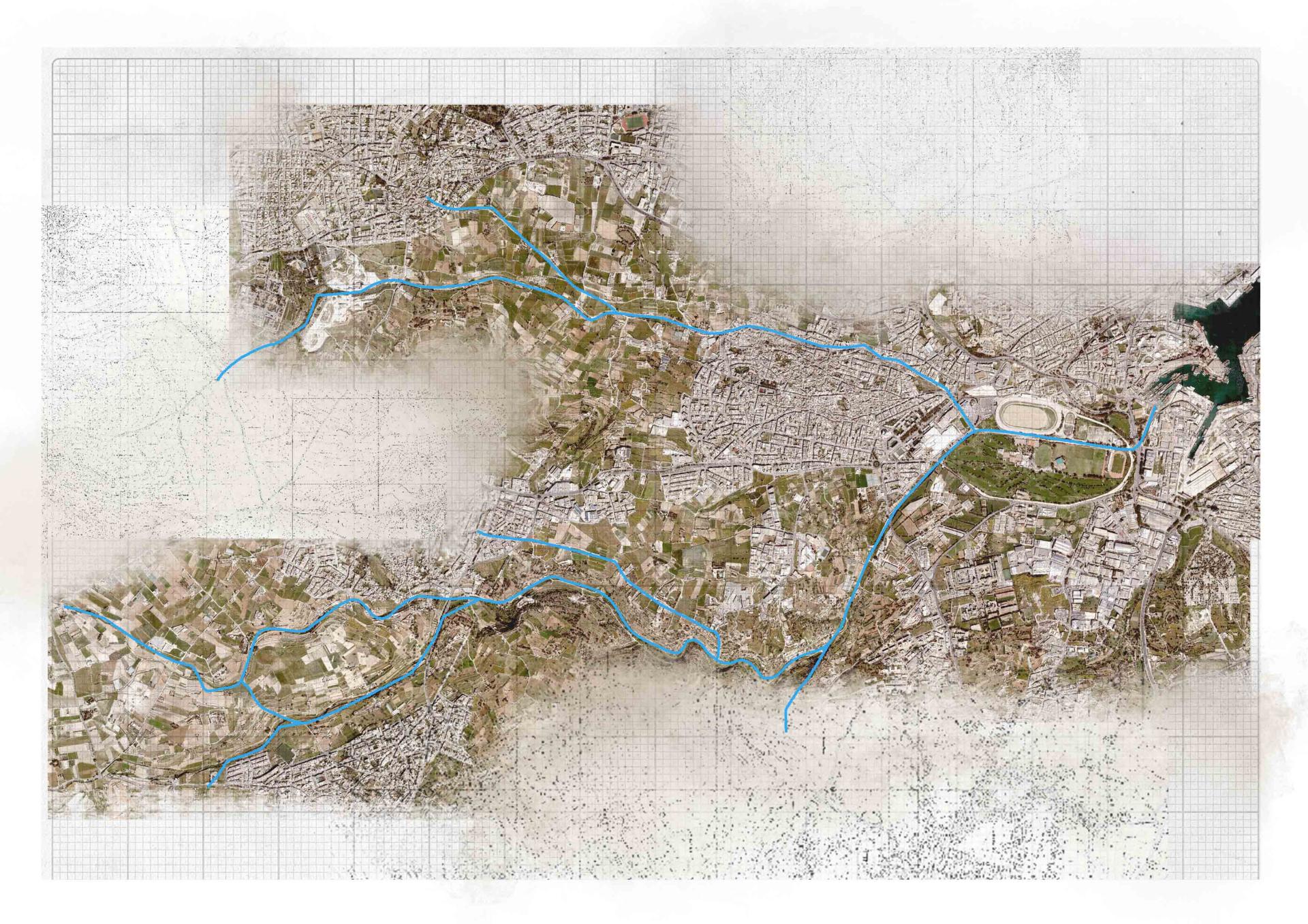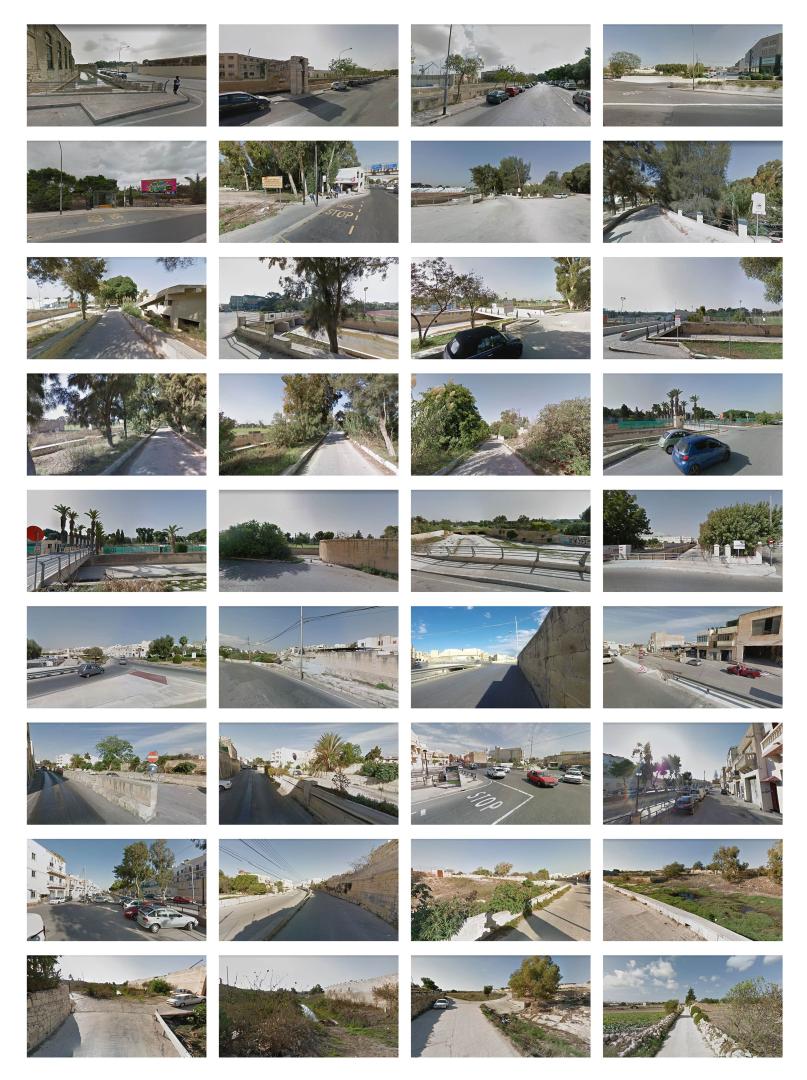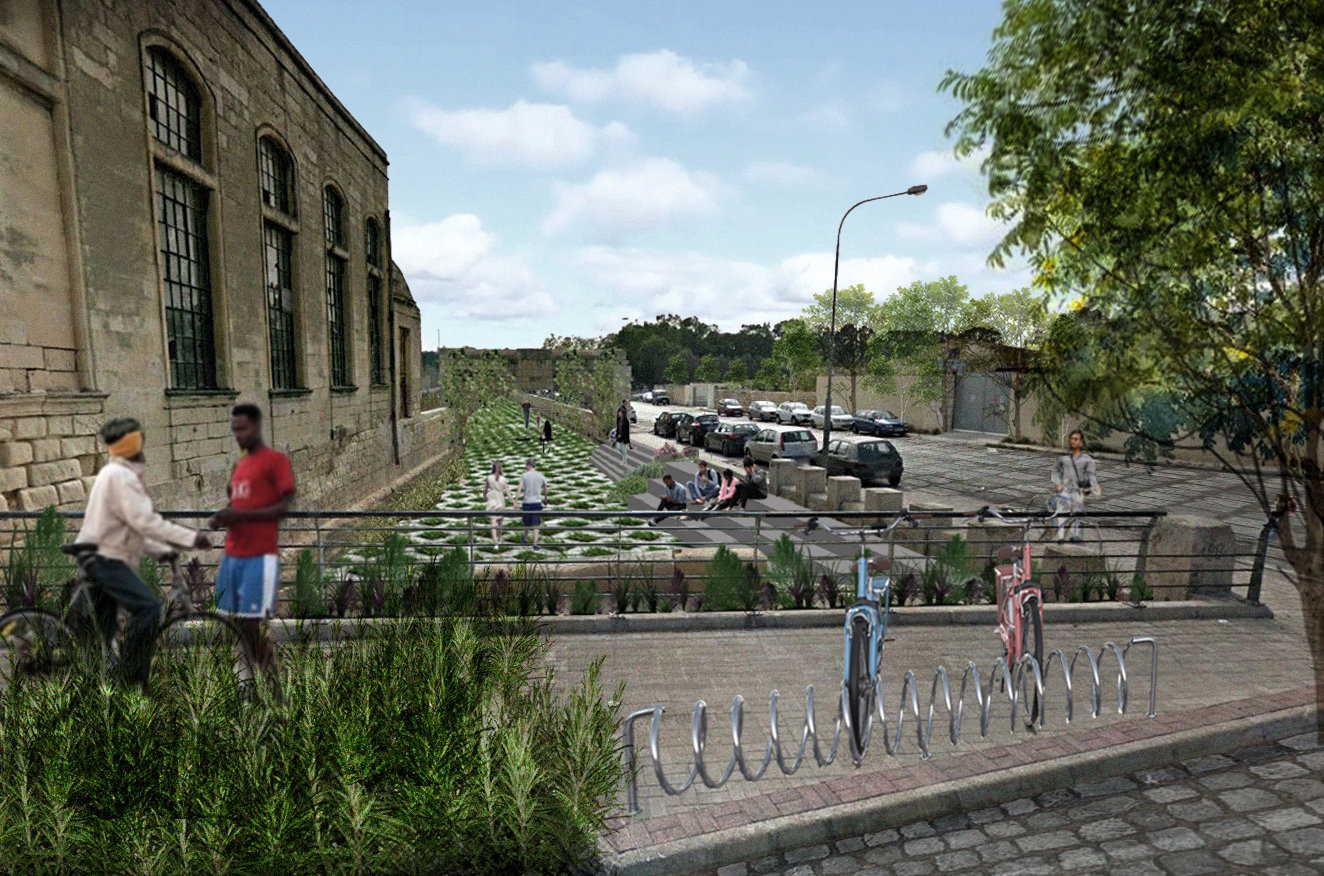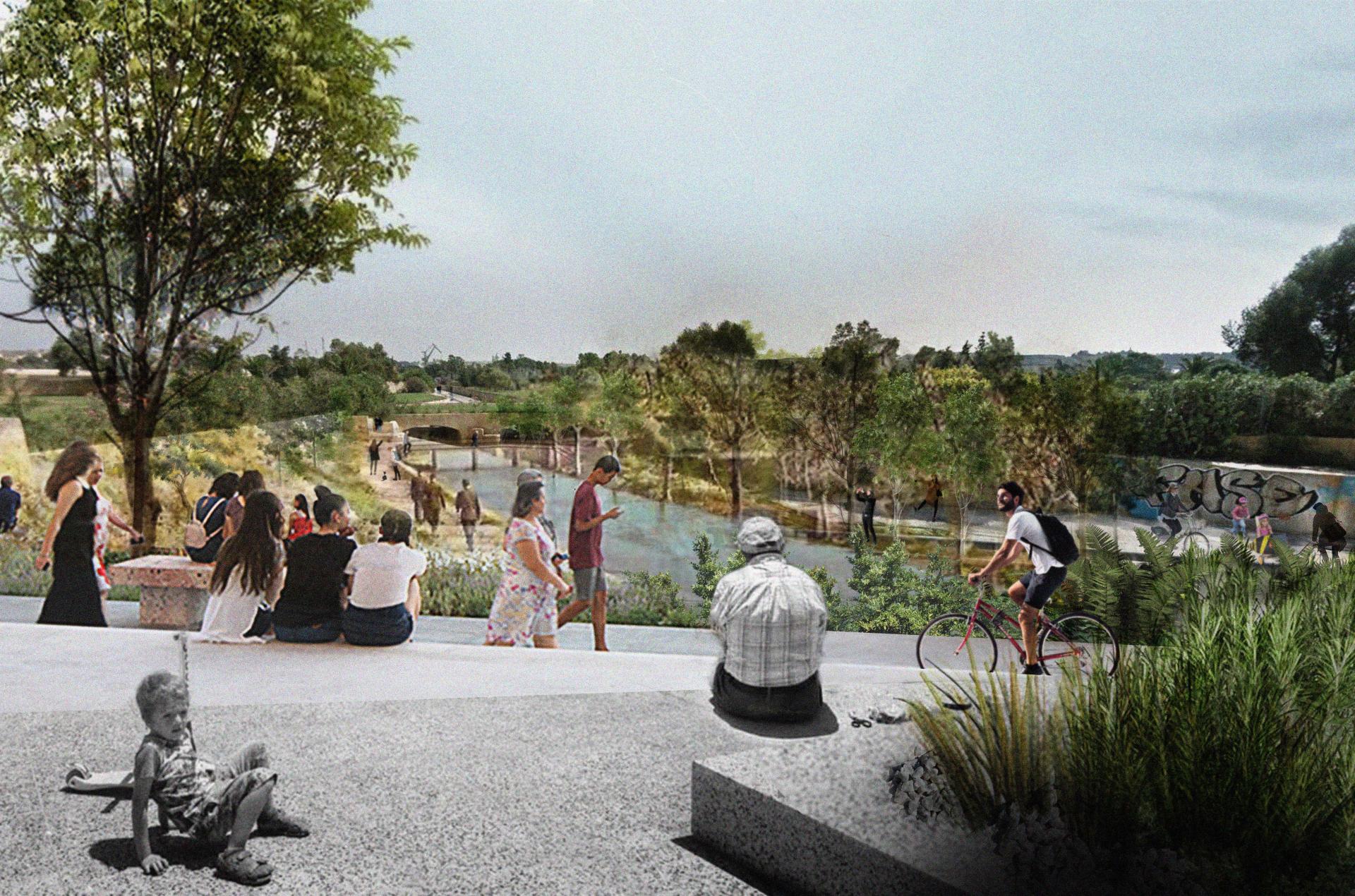Malta as a Walkable City
Basic information
Project Title
Full project title
Category
Project Description
A proposal to explore a process for appropriating and adapting Malta’s existing stormwater management networks for human mobility, public space, urban greening and connectivity. Such a proposal promotes the following benefits, amongst others.
- A cultural shift towards the mindset of a walkable city through human community and empowerment.
- A real solution for decarbonisation and achieving the 15-minute city.
- Addressing climate change on a local scale.
-Promoting end of life reusage
Geographical Scope
Project Region
Urban or rural issues
Physical or other transformations
EU Programme or fund
Which funds
Description of the project
Summary
The rapid urbanisation of the Maltese Islands has led to the construction of vast road networks which prioritise vehicular movement. Pedestrian routes and cycling lanes are largely neglected and uncatered for. Despite Malta's size, rather comparable to a European city, mobility continues to be a challenge daily. This proposal offers a solution to the issue of mobility through hacking an already existing local system. A large part of Malta's blue infrastructure is an extensive network of storm-water runoff systems which divert rainfall out to sea- a reckless strategy for an increasingly arid country. With an average of 3,055 hours of sunshine annually, the infrastructure is largely idle for a good proportion of the year. This proposal looks at the potential of these run-off networks, that can connect people from the centre to the coastal territories as they provide ideal and direct routes through the island. In addition to this, they will offer the chance of retaining that most precious water that is currently aimlessly directed to the sea. These run-off systems offer the infrastructure needed to create green lungs in the middle of the towns they run through by redirecting some of the water they collect to reservoirs and giving the chance for greenery to grow and reach precious water underground. It also offers the chance of recharging the water table.
Key objectives for sustainability
Combining blue infrastructure with green areas will promote the greening of Malta as a solution to the heat island effect and appropriate existing space into aesthetically pleasing mobility networks. Once implemented, the network will begin to prioritise human mobility, creating connections throughout the island without sole reliance on the car. Additionally, instead of directing storm water away and lost to the sea, it will direct it to the ground and utilized by facilitating ground water recharge. The catchment and storage of water will offer opportunities to alleviate flood prone areas and will tie in with investment into storm water drainage infrastructure. Further improvements in storm water management may render these existing networks less important or unnecessary, thus this proposal takes the infrastructure end of life into account, where the risk of abandonment as blue infrastructure will be eliminated. These existing canals also meander through large areas of agricultural land, where water is scarce but extremely precious. This proposal will aid with water storage for agriculture in the summer months when droughts are frequent. Finally, combining green areas with the blue infrastructure will offer tree roots continued access to water supply and create green lungs within the villages and towns throughout which the network passes. In time these paths can link up to other areas of mobility creating an even bigger network.
Key objectives for aesthetics and quality
The current state of this infrastructure is poor and largely unmaintained. Unfortunately, the final scope of the original design of this infrastructure did not have aesthetics in mind, only functionality, leaving open concrete spaces meandering through towns and villages. This hard landscape contributes to heating up the surroundings and increases the temperature of the towns. This proposal seeks to re-direct rainfall to a water catchment system through semi permeable flooring that will also allow indigenous plants to grow, thus beautifying the area through soft landscaping. This will also help absorb heat in the atmosphere, effectively cooling down the surrounding areas and consequentially the towns they wind through. The soft landscaping will furthermore create a nice ambiance for pedestrians choosing to utilize these pathways to travel through the country and will act as green lungs that will beautify the otherwise dusty and sparse roadside.
Key objectives for inclusion
The transformation of these networks into mobility links will allow the public to take advantage of them as improved and beautified public spaces. The aim of the proposal is to ensure accessibility to all so that it may be utilised by all. Seeing as this concerns government owned infrastructure, it would be expected to be funded by the government or through some scheme allocated to beautifying public spaces. Therefore, regular maintenance must be included in the annual government budget and a roster of public maintenance workers should be allocated. As these links are primarily aimed at servicing the public, their design should be led by public consultation to understand the most relevant routes and their significance.
Physical or other transformations
Innovative character
Malta's existing blue infrastructure currently helps direct excess storm water towards the sea to mitigate flooding in towns and villages. However, it does not direct any of this water into a reservoir or utilise it in anyway. Furthermore, it is largely left dry and idle during the summer months. This project proposes utilizing these 'canals' to create pathways that link the island's routes in a sustainable way. This proposal is centred around the design of green lungs that prioritize nature and the public's interaction with it. The sustainable aspect of the project seeks to re-establish an old existing infrastructure, that is only performing at a fraction of its capability. It also seeks to implement mobility links that prioritize pedestrians and sustainable modes of travel such as bicycles and walking. The aesthetic aspect is brought out through the greening of the area and soft landscaping. Finally, this proposal is centred around citizen engagement, affordability, and accessibility as it is aimed at providing public routes throughout the island.




